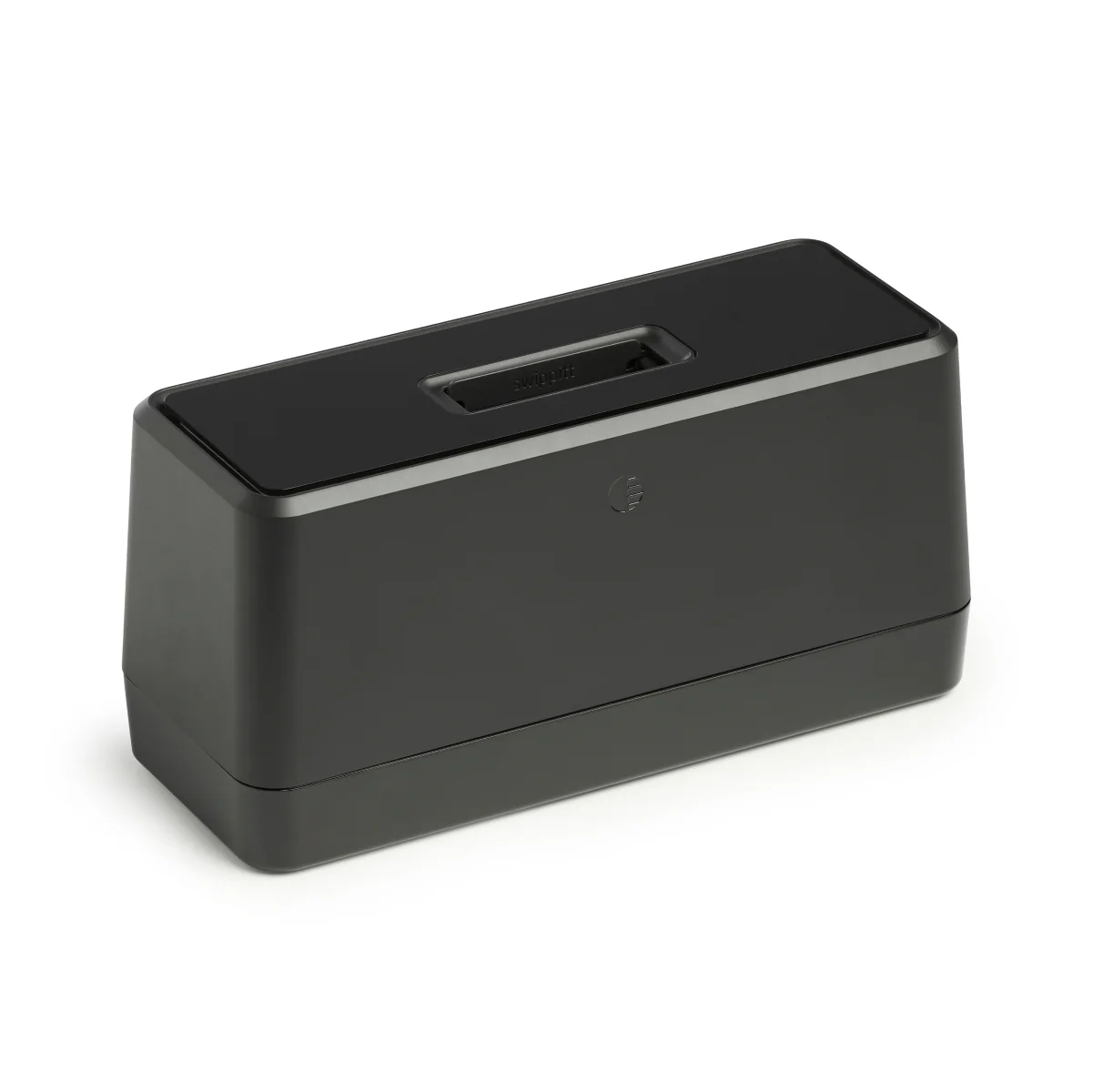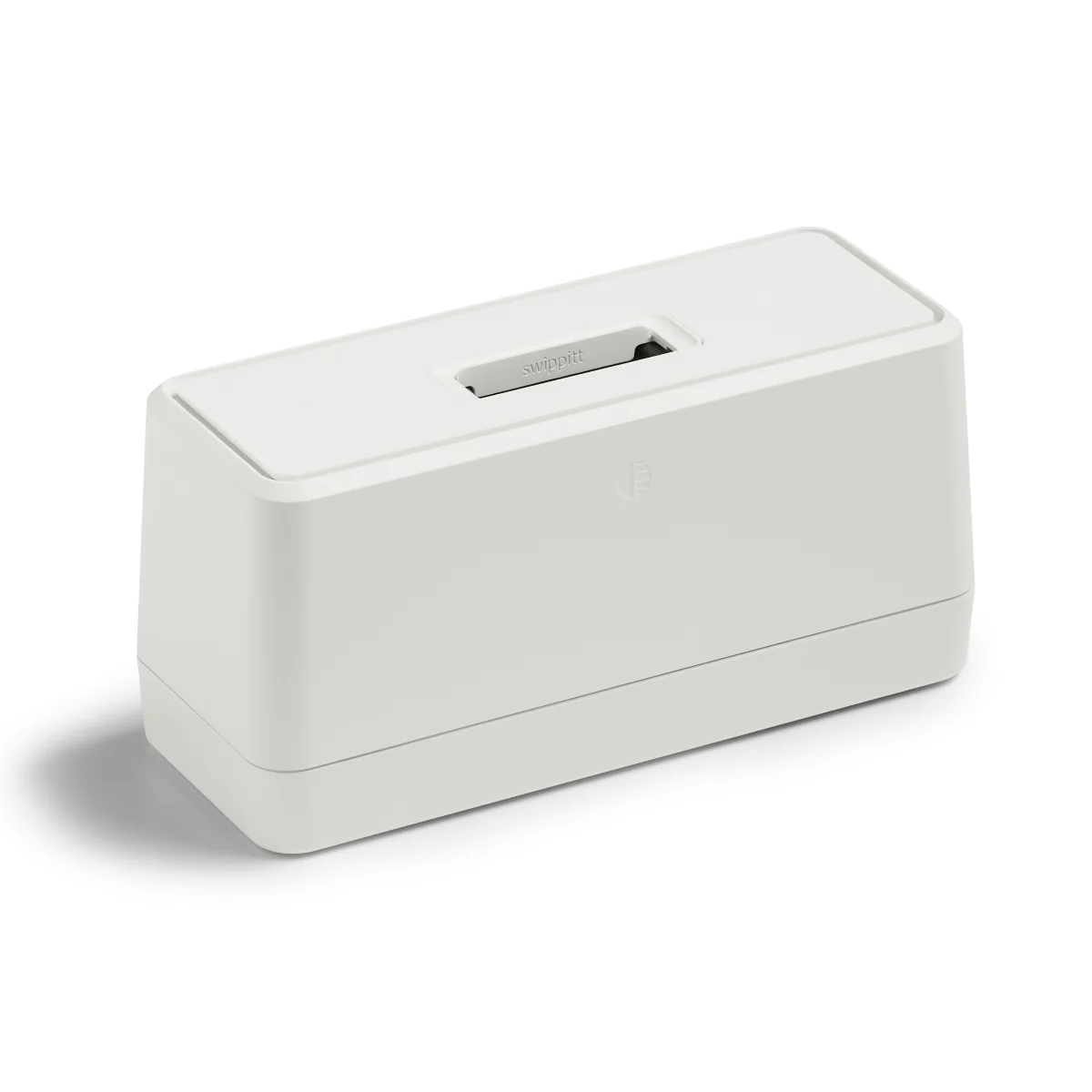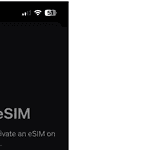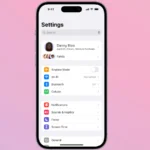Swippitt has introduced its new charging station at CES, aiming to change how people power their smartphones. The station offers a quick battery exchange system, removing the need for traditional charging. This announcement at CES 2025 signals a significant product launch as well as a new way to solve smartphone energy needs, focusing on convenience and flexibility in today’s mobile world. Keeping our phones charged is essential.
Swippitt provides a unique battery-swapping solution for users who want speed and ease. Although there is an initial cost and currently limited device compatibility, it offers a strong alternative to regular charging methods. As technology progresses, we can look forward to more innovative ways to power our devices in the future, like wireless power transfer, which will give even more freedom and convenience.
The Future of Phone Power: Exploring Battery Swapping
How Swippitt Works
Swippitt offers a new way to keep your phone charged. Instead of plugging it in, you swap out the battery. This system uses a special case for your phone and a hub that holds and charges extra batteries. When your phone’s battery gets low, you simply swap it for a fully charged one from the hub. This process takes only a few seconds.
Swippitt’s Key Features
- Fast Swapping: The main benefit is speed. Swapping a battery is much faster than waiting for your phone to charge.
- Special Cases: You need a special case to use Swippitt. This case allows for the easy removal and replacement of the battery.
- Charging Hub: The hub is where the extra batteries are stored and charged. It’s designed to be compact and fit easily in your home.
- App Control: Swippitt has an app that lets you control charging. You can set limits to how much the batteries charge (like 80% for better battery health) or schedule charging times.

Comparing Swippitt to Other Charging Methods
How does Swippitt compare to other ways to charge your phone? Here’s a look at the pros and cons:
| Method | Pros | Cons |
|---|---|---|
| Wall Charger | Common, reliable, affordable. | Slow, requires a cable. |
| Wireless Charging | Convenient, no cables needed. | Slower than wired charging, can generate heat. |
| Portable Power Banks | Portable, can charge on the go. | Need to be charged themselves, can be bulky. |
| Swippitt | Very fast, always have a charged battery ready. | Requires a special case and hub, limited device compatibility. |

Who is Swippitt For?
Swippitt is designed for people who need their phones to be constantly powered and don’t want to wait for charging. It could be useful for:
- People who use their phones heavily: If you use your phone all day, Swippitt can ensure you never run out of power.
- Professionals on the go: If you travel a lot or work in places where outlets are not always available, Swippitt offers a quick power solution.
- Users who value speed and convenience: If you want the fastest and most convenient way to keep your phone charged, Swippitt may be the right choice.
Current Availability and Future Plans
Swippitt is currently designed for newer iPhones. The company plans to add support for Samsung Galaxy phones in 2025. This limited compatibility is a factor to consider if you are thinking about using the system.
Considering Battery Health
Swippitt’s app includes features to manage battery health. Charging batteries to 80% instead of 100% can extend their lifespan. This shows that Swippitt is thinking about the long-term health of the batteries.
The Cost Factor
The cost of Swippitt includes the hub and the special cases. This initial investment is higher than buying a simple wall charger. However, if you value speed and convenience, the cost might be worth it.
A Look at Wireless Power Transfer (WPT)
While Swippitt offers a physical battery swap, another technology is emerging: wireless power transfer (WPT). WPT allows devices to charge wirelessly over a distance. Imagine walking into a room and your phone starts charging automatically, without any cables or pads. While still in early stages for widespread use in phones, WPT has the potential to revolutionize how we power our devices. Companies are exploring different WPT methods, such as radio frequency (RF) and resonant inductive coupling. This technology could one day make physical battery swapping obsolete, offering true wireless power.
Short Summary:
- Swippitt Hub swiftly replaces depleted batteries with fresh ones using a unique design.
- The system supports multiple iPhone models and will extend compatibility to Samsung devices.
- A promotional discount makes the premium price tag more accessible for early adopters.
At CES 2025, the American start-up Swippitt presented the Swippitt Hub, an innovative solution that aims to significantly streamline the smartphone charging experience. This stylish device resembles a compact kitchen appliance and eliminates the hassle of plugging in your phone by swapping drained battery packs for fully charged ones in mere seconds. With this technology, keeping your phone powered up becomes virtually effortless.
The Swippitt Hub features a compartment that houses up to five 3,500 mAh battery cartridges. When a smartphone’s power supply dwindles, users simply insert their device into the top of the hub, and the system automatically ejects the exhausted battery from the phone case, replacing it with a fully charged one. The entire process is designed to be seamless, taking only 30 seconds to complete, allowing users to quickly get back to their daily activities without interruption.
“This is not just a charger; it’s a complete rethinking of how we think about mobile power,” said Mike Anderson, Swippitt’s CEO.
Each battery cartridge can provide anywhere from 50% to 90% additional charge depending on the specific iPhone model used. This means that users can significantly extend their smartphone’s operational time, moving from about a day’s worth of battery life to an impressive 1.5 to 2 days without reaching for a power bank or wall charger. A dedicated mobile application complements the device, giving users the ability to monitor battery levels, set charging preferences, and receive notifications for low battery situations. Notably, parents can opt to receive alerts when their child’s phone battery drops below 15%, ensuring they stay connected and reachable.
Not only is the Swippitt Hub accommodating to multiple iPhone generations—including the 14, 15, and 16 series—it also has plans to expand its compatibility to include popular Samsung Galaxy S series devices by the end of 2025. As smartphone design evolves with each new release, including variations in battery size and shape, Swippitt will need to stay ahead of the changing landscape. The company has already proven its adaptability; when Apple introduced a new camera button on the iPhone 16, the team quickly revamped the case design.
“Keeping pace with the rapid evolution of smartphones is a challenge, but it’s also part of what makes this journey exciting,” noted Anderson.
However, the innovation isn’t without its cost. The complete system, which includes the Swippitt Hub and five battery cartridges, is priced at $450. Additionally, users are required to purchase a tailored case, which retails at $120. These prices may seem steep for individuals, especially families intending to outfit several phones. Nevertheless, early adopters can benefit from a 30% discount for January pre-orders and an additional $100 off during the CES, making the overall investment much more palatable.
Though Swippitt is already tackling significant challenges, their determination to innovate holds great promise for consumers tired of low battery anxiety. As the landscape of smartphone technology continuously shifts, the brand’s agility will be crucial for its continued relevance and success in the market.
Availability and Future Prospects:
Initial shipments of the Swippitt Hub are scheduled to commence in April 2025, with the expectation that the company will ramp up production in the months following. Swippitt aims to be a go-to solution for users looking for a practical, effective means of keeping their devices charged and ready to go. The company is also keeping its eyes on future developments—plans include adapting their system for additional phone make and model releases.
As technology advances and consumers demand ever-increasing convenience, solutions like the Swippitt Hub set a new standard for charging systems. By utilizing battery swapping technology, Swippitt is leading the way toward efficient energy management and user-centric innovations.
Industry Implications:
- Consumer Electronics: Brands can integrate innovative charging systems that meet the needs and preferences of tech-savvy consumers.
- Energy Management: Solutions facilitating app-controlled charging to promote efficient usage will reshape how users interact with energy consumption.
- Smartphone Development: The demand for adaptable chargers signifies a resulting market evolution as phone designs continue to change over time.







